The term ‘Eclecticism’ draws its roots in Ancient Greek philosophy. In Greek, ‘eklektikós’ means choosing what seems to be the greatest. After Plato and Aristotle, Greek philosophers attempted to merge various ideas to expand their philosophical apparatus. The custom of intellectual interlacing came to the fore, although calling someone eclectic was not considered to be a compliment. In this regard, architectural eclecticism is a nineteenth and twentieth-century style that consists of a combination of elements from preceding historical styles to generate an idiosyncratic form. These elements can encompass structural features, decorative motives, traditional cultural motifs, furniture, and distinct historical ornament or styles from foreign lands. The composition is usually contingent on its suitability to the project and general aesthetic.

All the same, eclectic architecture is committed for the most part to the combination of architectural currents. In other words, its chief attribute is to fuse two or more architectural styles to create a new structure with both characteristics of the currents it merged and new ones. In the late 18th century and during the 19th century, standards and attributes of popular styles became outdated, and architects and their customers grew tired of the constraints of classical styles and wanted something wholly distinctive.
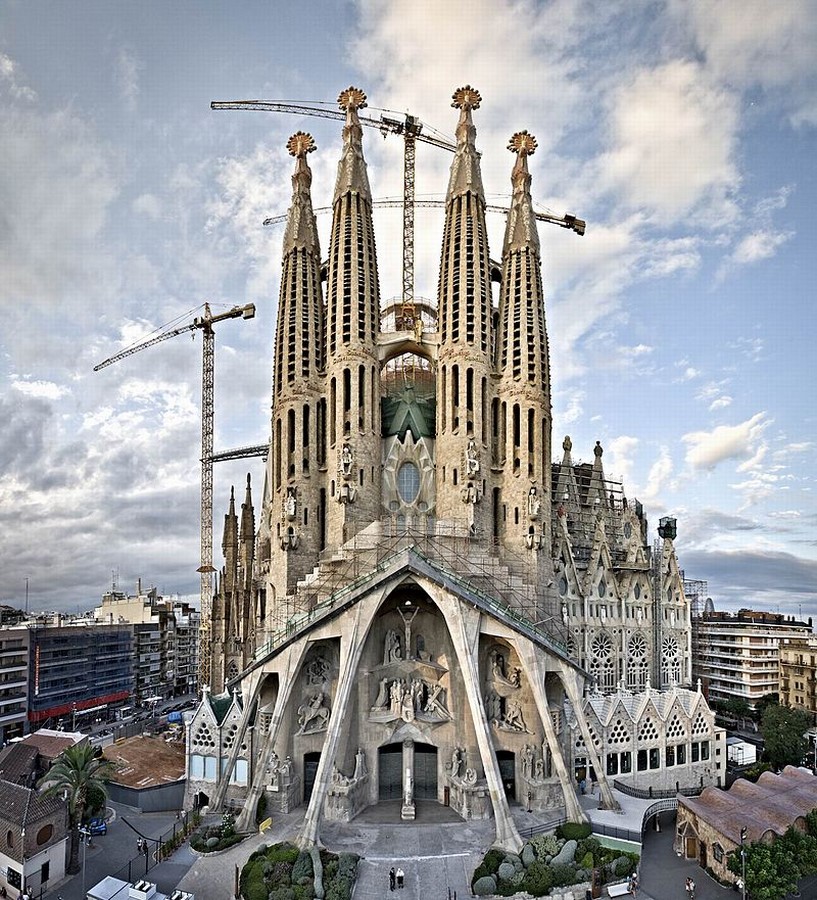
There are two perspectives on eclecticism. Some art theoreticians proclaimed that eclecticism comes about in transitional periods when creativity is significant and new designs become possible. On the flip side, other theorists maintain that eclecticism impedes progress, hinders the emergence of new styles, and does not add any value to the overall aesthetic. In all instances, this new architectural style manifested itself in theatres, tenements, houses, government buildings, shops, banks, schools, universities, and so forth. Some architects designated their approach as revivalist because they did not merely draw aimlessly from some of their favoured styles but rather selected the elements in conformity with the building’s purpose, surroundings, and context.
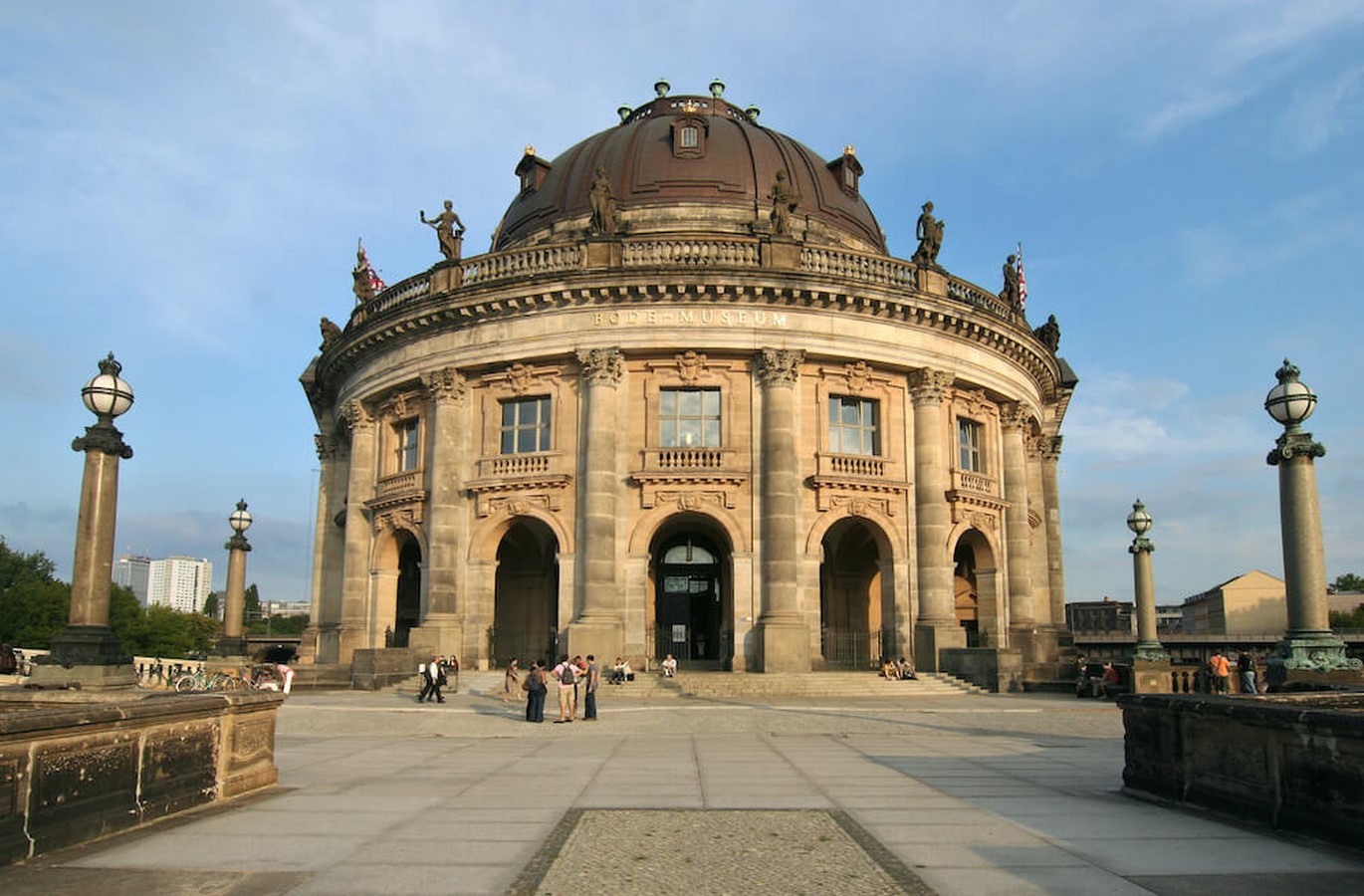
Eclecticism as a Method Term
Eclecticism as a methodology can signify the use of divergent styles and shapes on distinct buildings within the overall framework of architects if they are to meet the corresponding building task. In such a manner, components from different models can be joined with each other. During the selection process, temporal references such as historicism, or spatial allusions may play a key role in the design development. Sir George Gilbert Scott, a prolific English Gothic Revival architect, regarded the method of eclecticism positively. He asserted that eclecticism in itself is a good principle for it can help refine and perfect an architect’s fundamental style. In reverse, the German architect Gottfried Semper criticized the “art disciple” who “stuffs his herbarium with well-pasted drawings of all kinds”.

London: An Exploration of Eclectic Architecture
The city of London has a personality that candidly marks the landscape. From revolutionary train stations to latterly developed skyscrapers, and from North to South, West to East, there are plenty of things to learn from some iconic landmarks and lesser-known buildings that will undoubtedly capture one’s imagination and give greater knowledge about the artistry, relevance, and unique configuration of London. Big Ben is among the notable examples of the city’s eclectic buildings. Built by the notorious Victorian architect Augustus Pugin and completed in 1859. Elizabeth Clocktower as it is known at present overlooks Westminster and the Houses of Parliament.
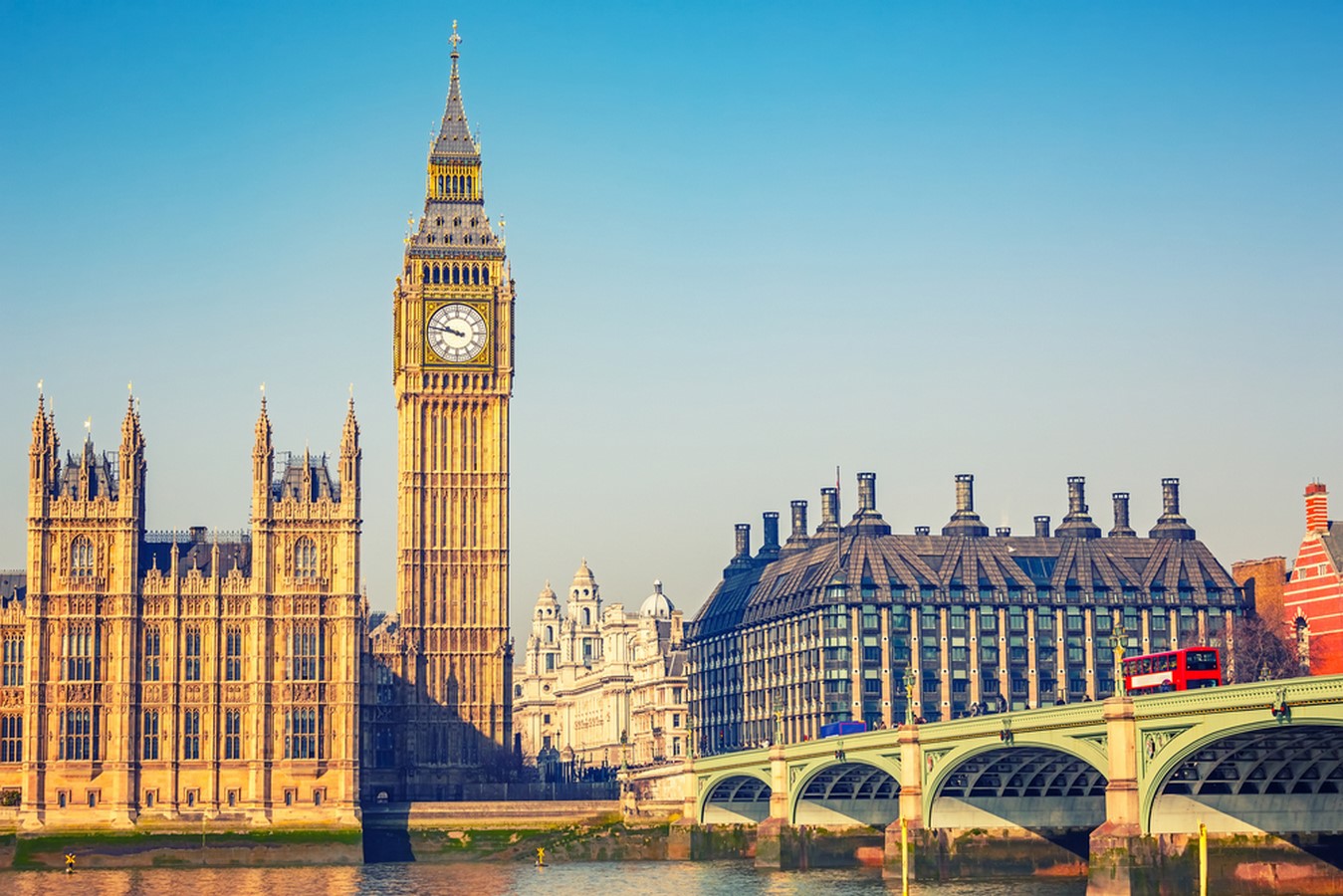
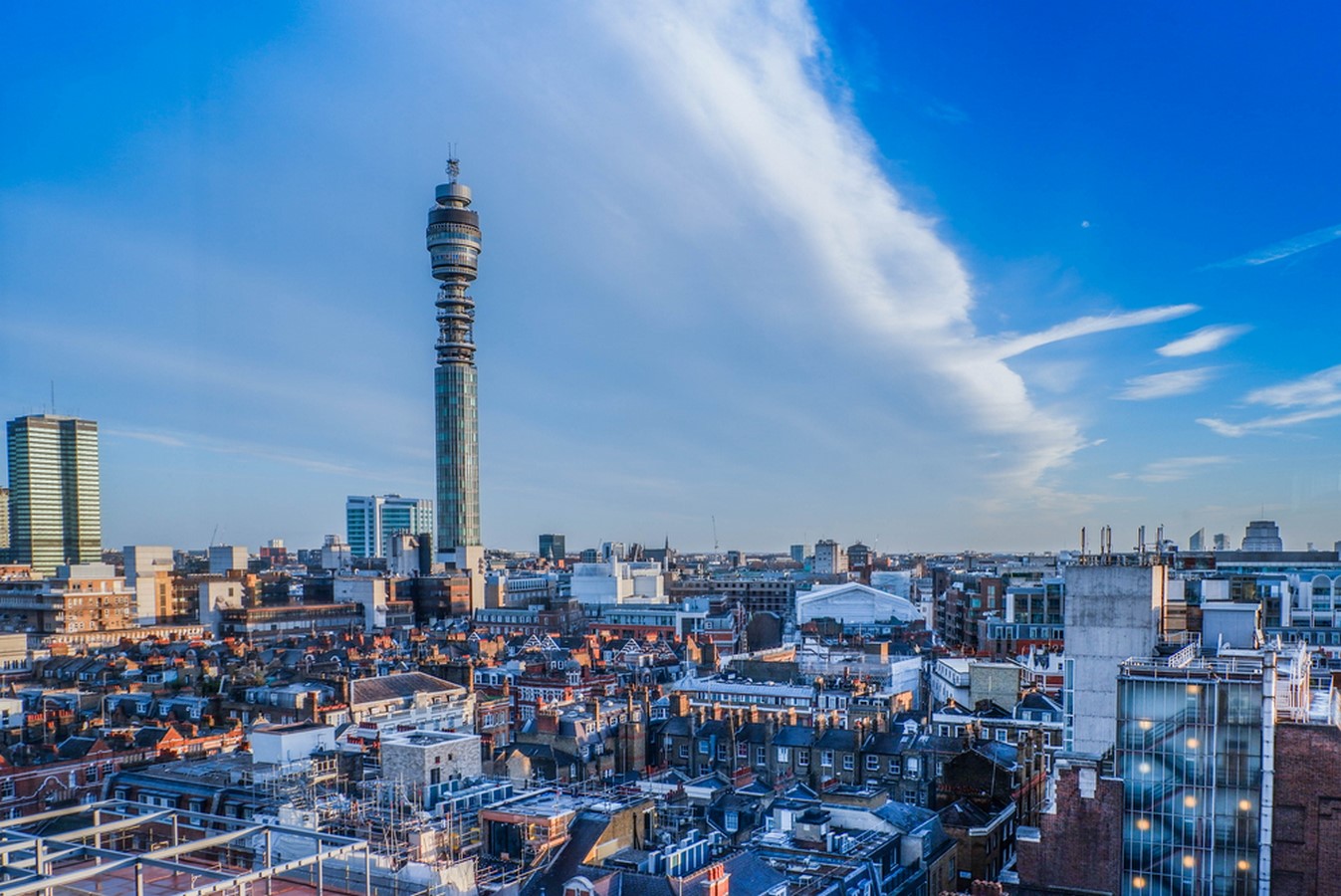
Buenos Aires: The Church Parroquia San Pedro González Telmo
The construction of the church lasted three centuries, which explains the amalgamation of styles. The Jesuit José Blanqui, one of the architects behind the colonial Cabildo, led the initial work until 1767 when the Jesuit order was expelled from Spanish territories and the Bethlemite order took over the church. To top off the eclectic mixture of influences, the facade of the building was entirely renovated in 1931 with a baroque style that greatly differs from the interior aesthetic and style.

Eclecticism in American architecture
While the practice of this architectural style was widespread, eclecticism in Europe did not attain the paired level of enthusiasm that was recorded in America—as it was presupposed that the presence of old, authentic architecture, diminished the appeal of historical imitation in new buildings. In this light, architects educated at the École des Beaux-Arts in Paris were responsible for reinstating the beaux-arts approach in Europe, which was believed to be the bedrock of eclectic architecture in America. At times of commercial pride and increasing prosperity, many eclectic buildings were commissioned around the country, especially in large cities. Eclecticism flourished as it initiated historical features, previously only found in aristocratic buildings.
Art Deco and Modernism became more prevalent during the 1930s as a consequence of the wide availability of new technology, materials, and access to new design schools, hence the devaluation of eclecticism. Modernism was deemed as utterly new and innovative and beat a hasty retreat from historical imitation. Nonetheless, eclecticism would later be brought to life in a newer form with the onset of postmodernism.
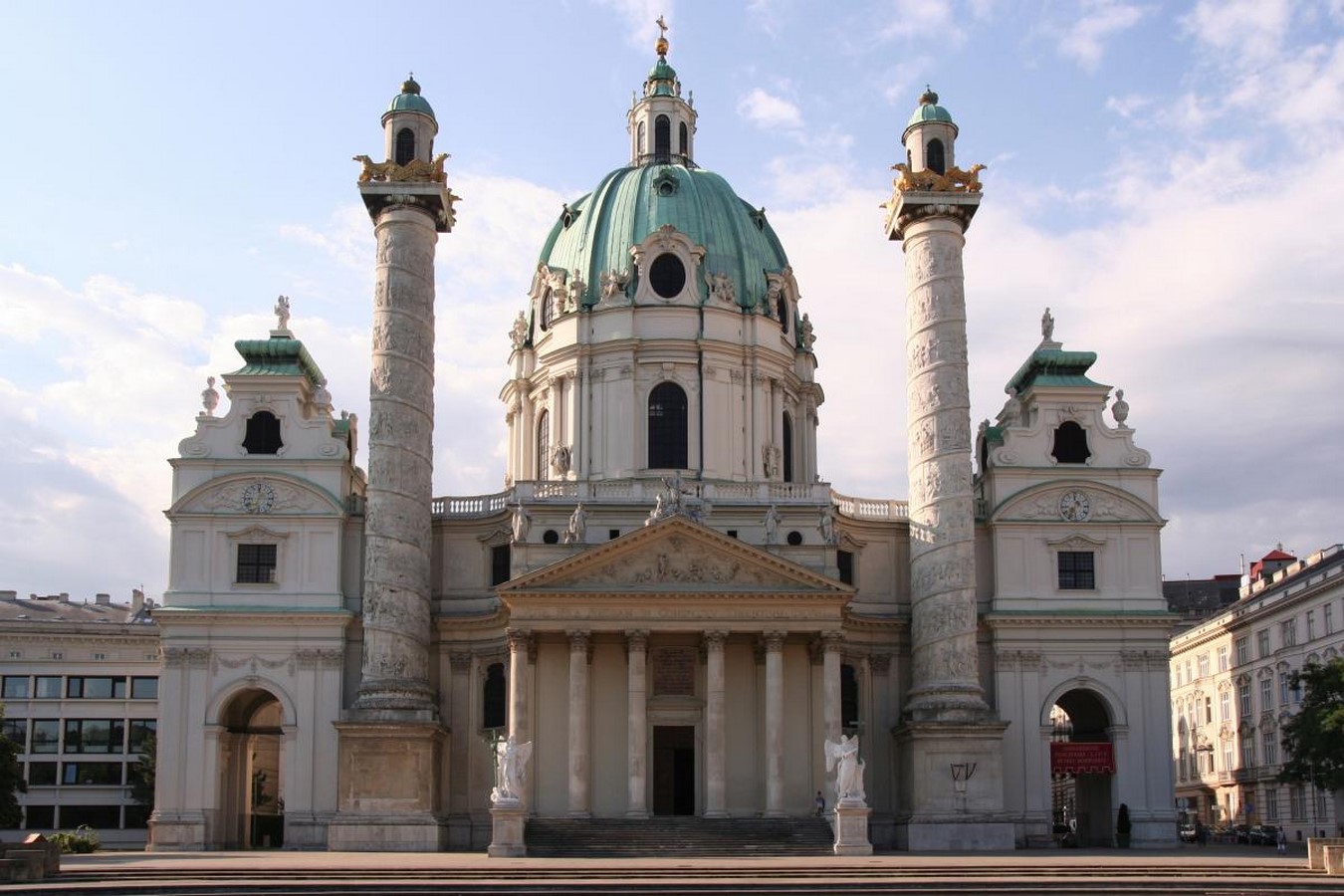
The beauty of Eclecticism is that it trades rules for comprehending value in various approaches. It looks at design, beauty, and process and does not interrogate whether certain ideas fit a pre-established template. It inspects the advantages of what is different. It combines many components in the most unusual ways. It may create dissonance at times, but other times, it creates awe. As a concept, eclecticism can be easily understood by examining architectural examples. At its core, it is the shelving of enduring structures and beliefs to be open to new ideas, or those that have been disregarded in times gone by.
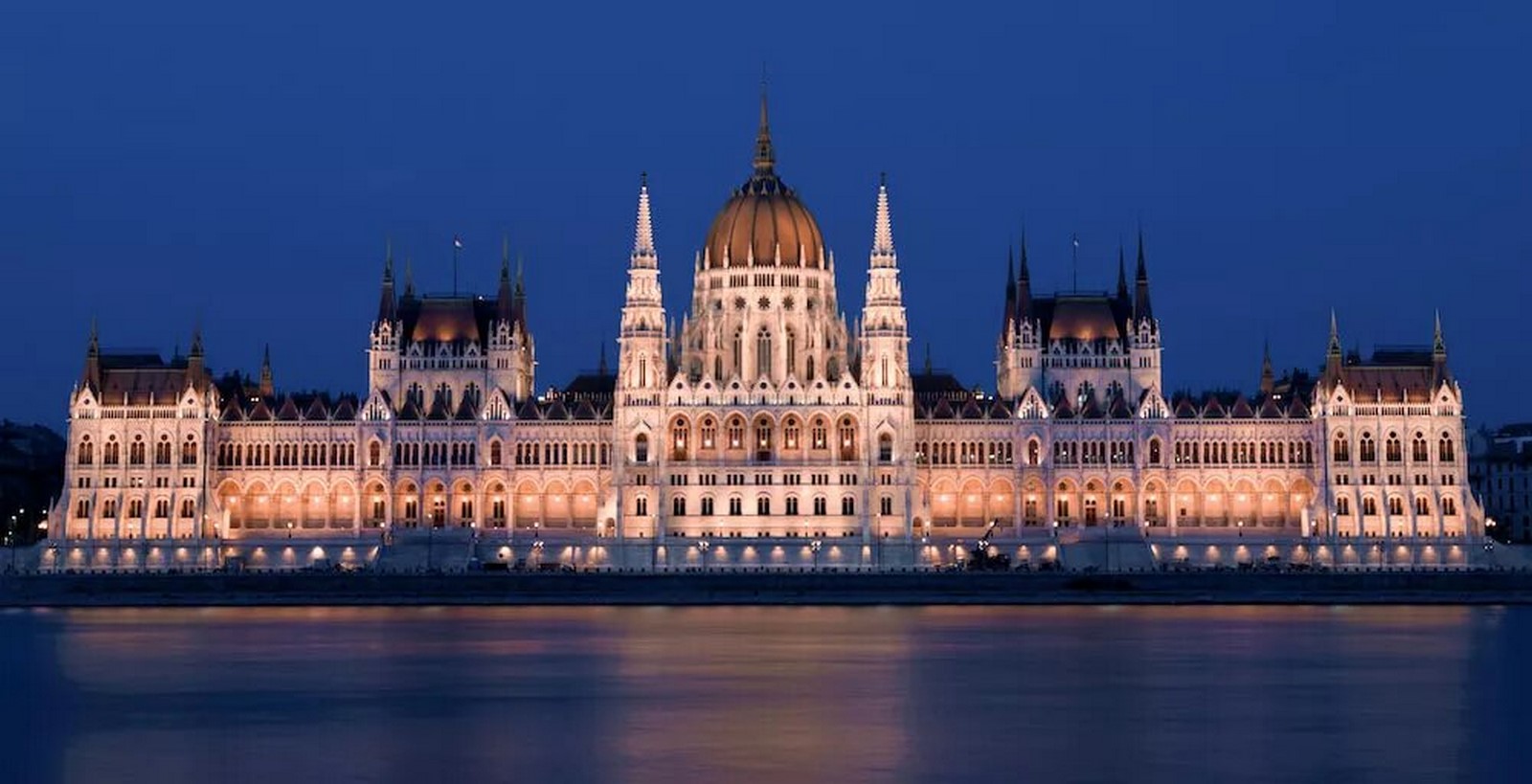
References:
- de la Ciudad de Buenos Aires, E. de T. del G. (2017) Eclectic architecture, Official English Website for the City of Buenos Aires. Available at: https://turismo.buenosaires.gob.ar/en/article/eclectic-architecture (Accessed: July 10, 2022).
- David (2020) Exploring London’s eclectic architecture, Parkgrandlondon.com. Available at: https://www.parkgrandlondon.com/blog/exploring-londons-eclectic-architecture/ (Accessed: July 10, 2022).
- Eclecticism in architecture (2018) HiSoUR – Hi So You Are. Available at: https://www.hisour.com/eclecticism-in-architecture-29007/ (Accessed: July 10, 2022).
- Eclecticism in architecture (no date) Designingbuildings.co.uk. Available at: https://www.designingbuildings.co.uk/wiki/Eclecticism_in_architecture (Accessed: July 10, 2022).
- Kurkina, I. (no date) Eclecticism in architecture and art: how to define it and explain?, Nerdish: Read. Learn. Grow. Available at: https://nerdish.io/topics/eclecticism-in-design-how-to-combine-styles-and-look-cool/ (Accessed: July 10, 2022).




















